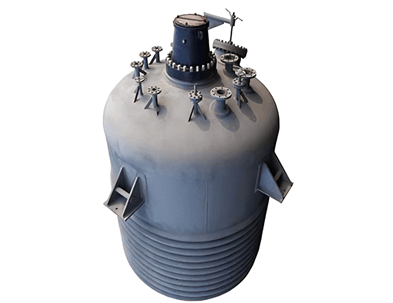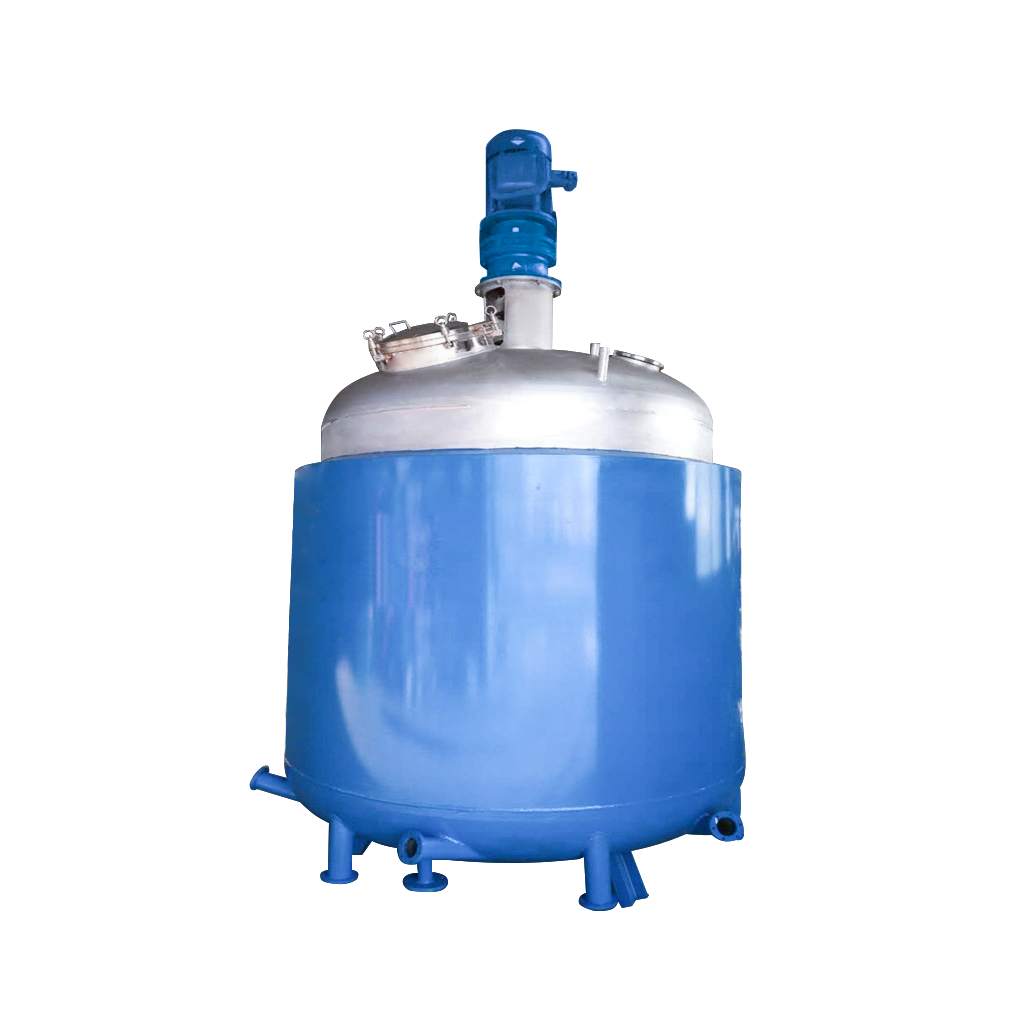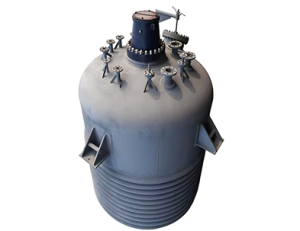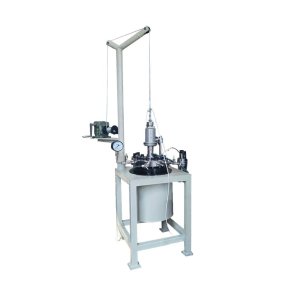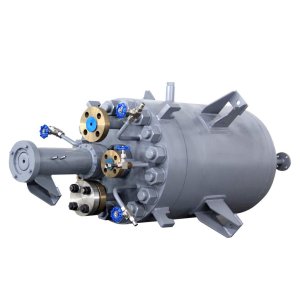A high-pressure hydrogenation reactor is a device used to accelerate chemical reactions and is widely used in chemical, pharmaceutical, food, and other industries. It promotes the interaction between reactants by providing appropriate temperature, pressure, and stirring conditions, thereby accelerating the reaction rate and improving reaction efficiency. In the chemical industry, the application of high-pressure hydrogenation reactors can not only improve production efficiency and product quality but also promote the development of the chemical industry.
Working principle of high-pressure hydrogenation reactor
A high-pressure hydrogenation reactor is used for high-pressure hydrogenation of liquid materials and other high-pressure reactions. It is mainly used for rapid evaluation and screening of catalysts. By controlling the conditions and parameters of the hydrogenation reaction, the high-pressure hydrogenation process in industrial production can be simulated, the reaction process conditions can be accelerated, and the reaction and selectivity can be improved.
The high-pressure hydrogenation reactor is an experimental equipment specially used to simulate hydrogenation reactions under high pressure. It usually consists of a hydrogenation reactor, hydrogenation system, catalyst device, temperature control device, etc. This device can be used to study the mechanism of catalytic hydrogenation reactions, optimize counter conditions, evaluate catalyst performance, etc. It can better help develop a more efficient and reliable high-pressure hydrogenation process.
Equipment composition and structure of high-pressure hydrogenation reactor
The high-pressure hydrogenation reactor is composed of four independent reaction units, each reaction unit consists of the following parts:
1.Liquid control unit: The liquid flow is controlled by a high-pressure metering pump, which has the characteristics of continuous flow and accurate control. The raw material liquid required for the reaction is placed in the liquid storage tank of the high-pressure hydrogenation reactor. The storage tank is made of stainless steel. According to the viscosity of the material, the tank can be equipped with insulation and heating devices. The liquid storage tank of the high-pressure hydrogenation reactor uses a weight sensor to measure the weight of the liquid. The measured liquid first enters the preheater of the high-pressure hydrogenation reactor, where the liquid is heated to the bubble point or completely vaporized. Then it enters the gas-liquid mixer to mix with the raw gas. According to the material viscosity requirements, the liquid pipeline of the high-pressure hydrogenation reactor starts from the raw material and ends at the final discharge. It can be equipped with electric heating and insulation, and the operating temperature is 20 to 100°C.
2.Gas control unit: Each unit of the high-pressure hydrogenation reactor is equipped with two gas lines, one for reacting raw materials and one for nitrogen purging. The flow rates are controlled by mass flow meters respectively. The reaction raw gas of the high-pressure hydrogenation reactor is divided into four channels, each of which is controlled by a different pressure valve, and the different flow rates can be changed arbitrarily without affecting each other.
3.Product control unit: After the reaction in the high-pressure hydrogenation reactor, the product is cooled by water becomes a gas-liquid mixture, and enters the first high-pressure gas-liquid separator. After being separated by the gas-liquid separator, it enters the second high-pressure gas-liquid separator, and the liquid can be released manually intermittently. The gas from the first high-pressure gas-liquid separator undergoes online sampling and analysis after passing through the filter and then enters the back pressure valve. Then the back pressure valve is used to adjust and control the reaction pressure. The gas behind the back pressure valve of the high-pressure hydrogenation reactor enters the mass flow meter to display the gas flow rate and then enters the wet flow meter for measurement and empties.
4.Reactor unit: The high-pressure hydrogenation reactor is welded with stainless steel pipes, with a maximum operating pressure of 20.0Mpa. The entire high-pressure hydrogenation reactor adopts specially designed three-stage heating control, which is easy to operate. In order to measure the actual reaction temperature in the catalyst bed, a metal tube is inserted into the catalyst bed, and a thermocouple in the tube is used to measure the axial temperature distribution of the bed. And determine the location of the catalyst temperature control point and the effective temperature range of the catalyst bed.
5.Device DCS bus control system: It can realize automatic control, data collection, and storage of temperature, gas flow, pressure, and other parameters during the test process.
6.It has the function of alarming the system for abnormal working conditions and automatically eliminating risks: In order to ensure the safe operation of the experiment, the high-pressure hydrogenation reactor has the function of over-temperature and over-pressure sound and light alarms, and can automatically cut off the power supply of the equipment and stop related circuits.
The high-pressure hydrogenation reactor is an important piece of equipment in the chemical industry. It can carry out chemical reactions under high temperature, high pressure, and highly corrosive environments, and is widely used in chemical production and laboratory research. The high-pressure hydrogenation reactor has excellent corrosion resistance and safety performance, which can effectively protect the safety of operators and the environment. In addition, it can also be produced on a large scale to meet market demand and promote the development of the chemical industry.
